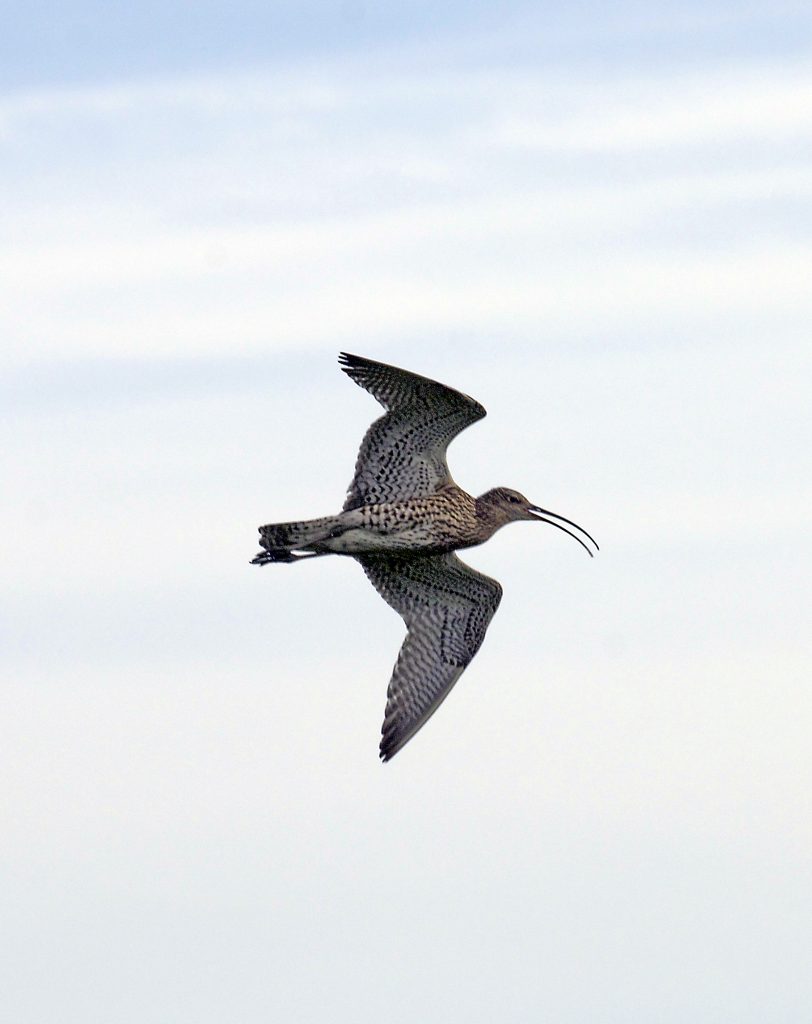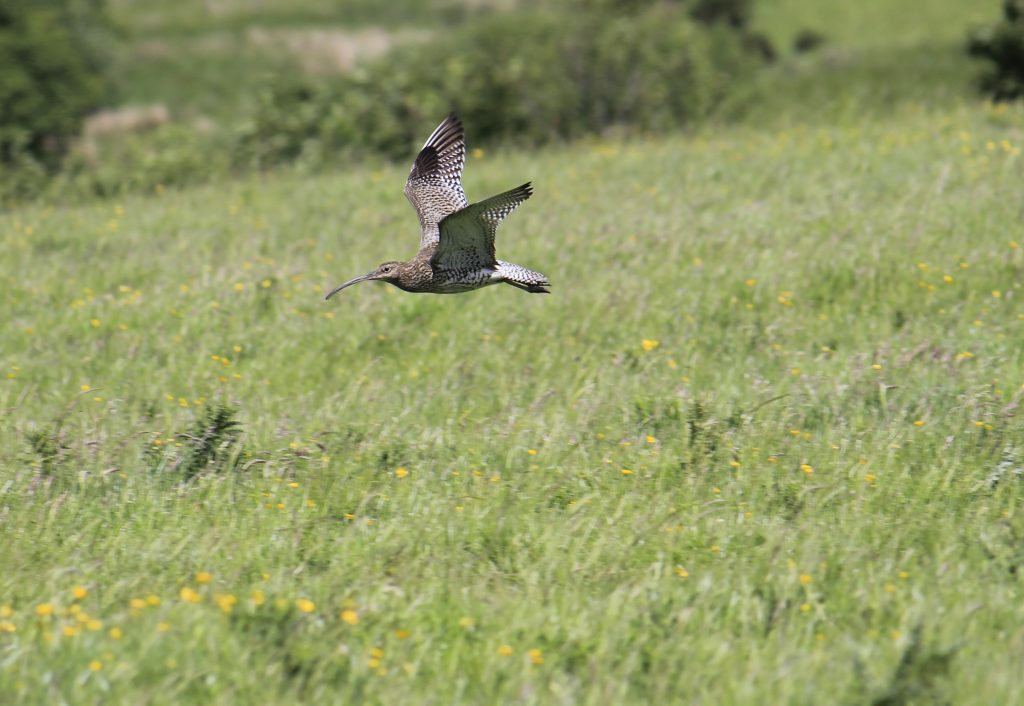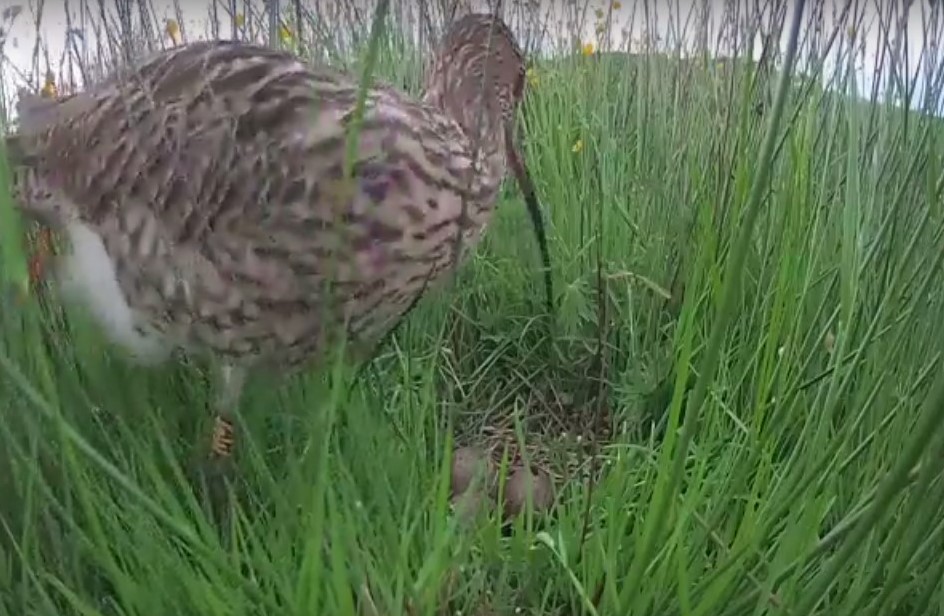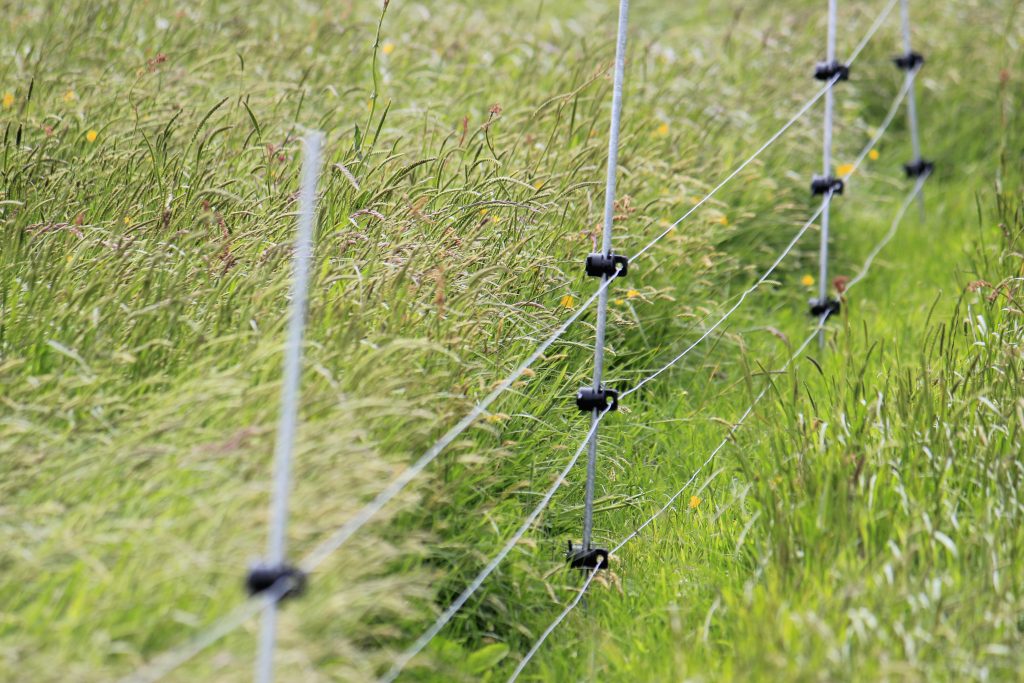Day 12
Once chicks have hatched they are fitted with rings and tiny radio tags to help us to understand better what chicks require until they fledge. This year, following the devastating chick losses of the previous years, the Curlew Country project has applied for a licence to incubate eggs returning them to the nest as […]












